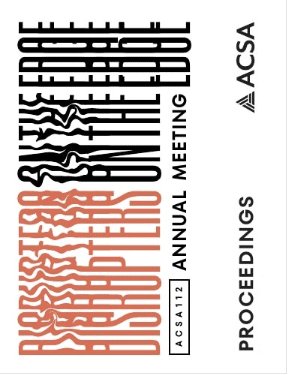Author(s): Dalia Munenzon & Elizabeth Galvez
American desert cities designed and built at the turn of the century, in collaboration with the advent of air-conditioning technologies, have been able to house millions of Americans by relying primarily on fossil-fuels to supply relief from extreme hot weather. The Phoenix Metro Area, or The Valley of The Sun as it is known to locals, experienced 145 days reaching temperatures over 100˚F in 2020 according to the National Weather Service. In July of 2023, Phoenix set a new record with 31 days straight of over 110-degree heat. The increased probability of a longer-lasting heat wave, combined with the over demand of electrical power supply during extreme weather events can be catastrophic, especially to the most vulnerable communities.2 As climate change intensifies, desert cities like Phoenix must innovate and adapt, ensuring the safety and well-being of all residents, particularly those in high-risk areas.
https://doi.org/10.35483/ACSA.AM.112.15
Volume Editors
Germane Barnes & Blair Satterfield
ISBN
978-1-944214-45-6

 Study Architecture
Study Architecture  ProPEL
ProPEL 
